Ficus Nitida Piramidal
Ficus nitida «Piramidal,» also known as the Pyramidal Small-Leaved Fig, is a cultivated form of the Small-Leaved Fig distinguished by its distinctive pyramid-shaped canopy. This variant is carefully shaped through pruning to achieve a narrow, upright form that tapers towards the top, creating a formal and structured appearance. The Pyramidal Fig combines the lush, glossy foliage of the Small-Leaved Fig with an elegant, conical shape, making it an attractive choice for formal gardens, urban landscapes, and decorative planting.
- Botanical Name: Ficus nitida «Piramidal»
- Common Names: Pyramidal Small-Leaved Fig, Pyramidal Indian Laurel
- Mature Height: 10-20 feet (3-6 meters) can be maintained at various heights depending on pruning
- Mature Spread: 6-10 feet (1.8-3 meters) narrow, conical canopy
- Growth Rate: Moderate
- Light Requirements: Full sun to partial shade
- Soil Requirements: Well-draining soil; adaptable to a variety of soil types including sandy, clay, and loamy soils; prefers slightly acidic to neutral pH
- Water Needs: Moderate; drought-tolerant once established
- Foliage: Evergreen, small, glossy, oval-shaped leaves with a dark green color
- Flowers: Small and inconspicuous; develop into fig fruits that are not typically consumed
Uses:
- Ornamental: Ideal for decorative use in formal gardens, urban landscapes, and ornamental planting due to its unique pyramidal shape.
- Formal Gardens: Perfect for creating structured, formal garden designs and adding a touch of elegance and order.
- Container Planting: Can be grown in large containers to enhance outdoor living spaces or indoor environments.
Benefits:
- Aesthetic Appeal: Adds a refined and elegant touch to landscapes with its narrow, conical canopy and formal shape.
- Space Efficiency: Maintains a compact size while providing substantial visual impact, making it suitable for smaller spaces.
- Low Maintenance: Requires regular pruning to maintain shape but otherwise offers minimal care compared to other ornamental trees.
- Drought Tolerance: Once established, the plant is drought-tolerant, making it suitable for various climates.
Ficus nitida «Piramidal» combines the lush foliage of the Small-Leaved Fig with a striking, pyramid-shaped canopy. Its formal appearance and adaptability make it an excellent choice for enhancing both residential and commercial landscapes.
Debes acceder para publicar una valoración.
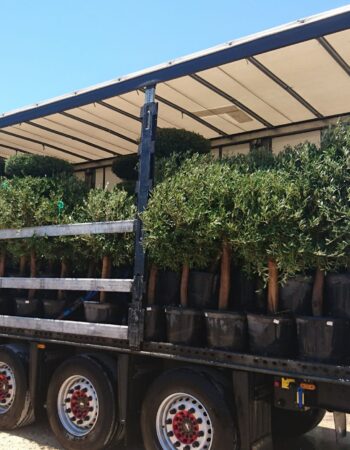
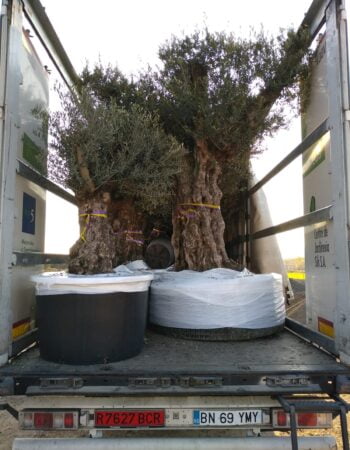
CAREFUL TREE TRANSPORTATION
At Treezom, we take great care in transporting your trees to ensure they arrive in perfect condition. Our expert team uses various methods, depending on the size and volume of the order, to provide safe and efficient delivery. Whether you're ordering a single tree or a bulk order, we guarantee high standards of handling and care throughout the process.
MULTIPLE SHIPPING METHODS
- Truck Delivery: Ideal for local or regional deliveries, ensuring a smooth and timely shipment of your trees directly to your location.
- Sea Containers (20’ or 40’): Perfect for larger orders or international shipping. Our sea containers are equipped to handle bulk shipments with optimal protection.
- Other Customized Solutions: Depending on the size and nature of your order, we can offer tailored shipping methods to meet your specific needs.
No matter the shipping method, we use specialized packaging and handling procedures to protect the trees during transit, ensuring they arrive healthy and ready for planting.
Below, you’ll find key tips tailored to this species’ requirements. Whether you’re new to plant care or have plenty of experience, these guidelines are here to support you in keeping your green companion healthy and vibrant.
- Planting:
- Choose a location with full sun to partial shade. The Pyramidal Fig adapts well to various soil types, provided the soil is well-draining.
- For container planting, use a large pot with drainage holes and a well-draining potting mix.
- Watering:
- Water regularly to keep the soil evenly moist, allowing the top inch of soil to dry out between waterings.
- Once established, the plant is drought-tolerant and requires less frequent watering.
- Pruning:
- Regular pruning is essential to maintain the pyramidal shape of the canopy. Prune to remove any overgrown or dead branches and to preserve the narrow, conical form.
- Shape the plant carefully to ensure it maintains its elegant, structured appearance.
- Fertilizing:
- Apply a balanced, slow-release fertilizer in early spring to support healthy growth and maintain the shape of the canopy.
- Avoid over-fertilizing, which can lead to excessive foliage growth and potential nutrient imbalances.
- Pest and Disease Control:
- Monitor for pests such as scale insects, spider mites, and mealybugs.
- Treat infestations with insecticidal soap or neem oil as needed.
- Ensure good air circulation around the plant to prevent fungal diseases like leaf spot and root rot.
*This information is provided for informational purposes only. For more detailed care, please consult a professional Gardener or Arborist.
Send a support message to the vendor below:


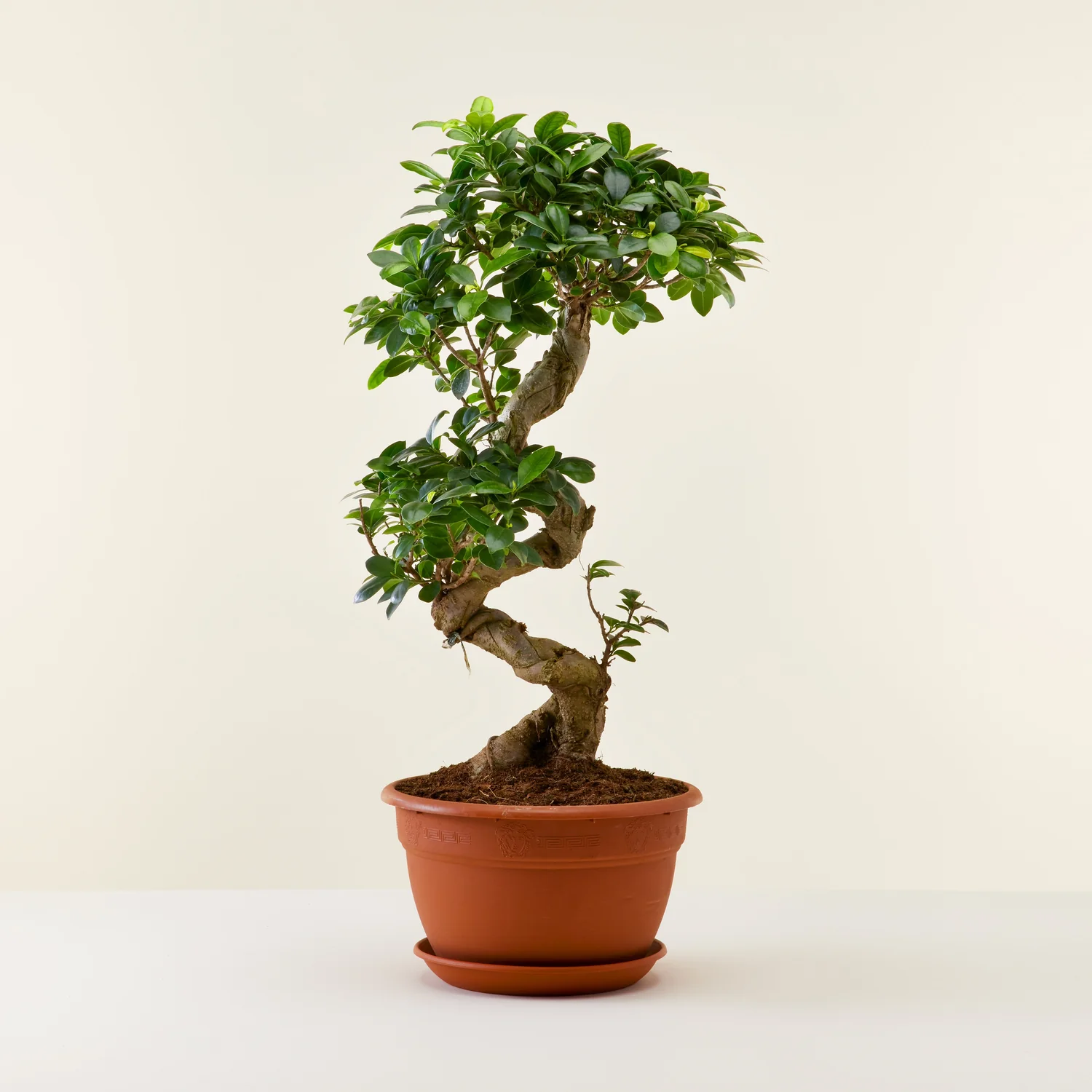

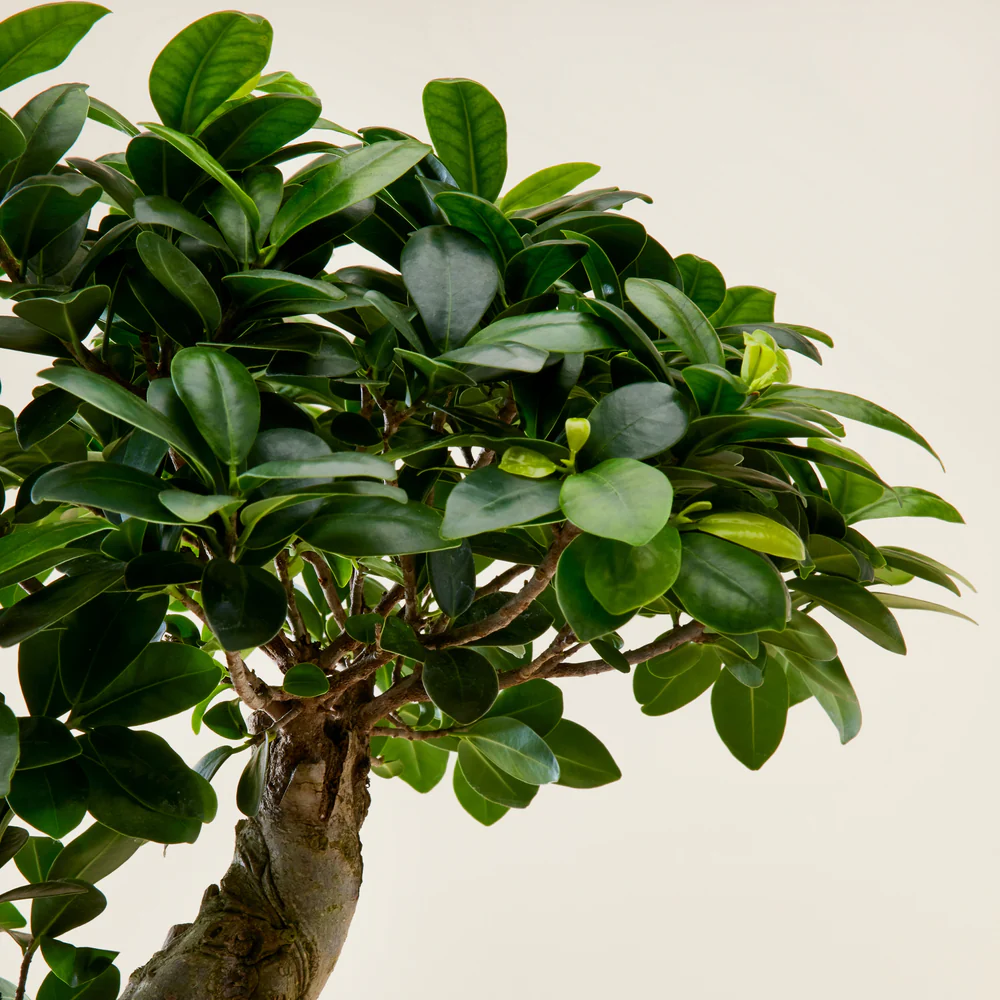




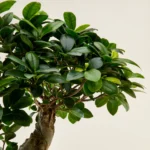

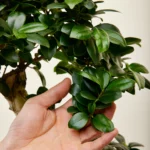



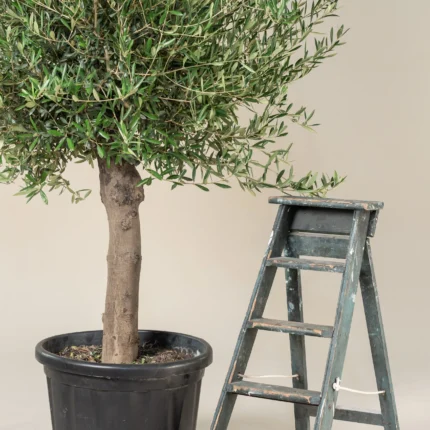

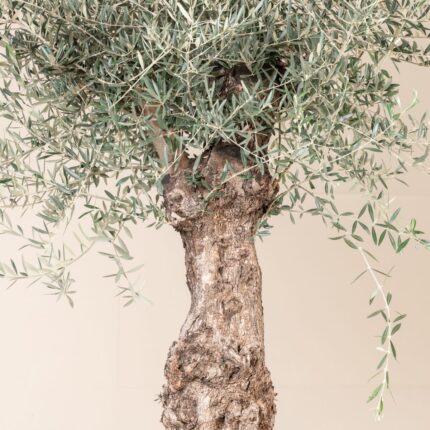
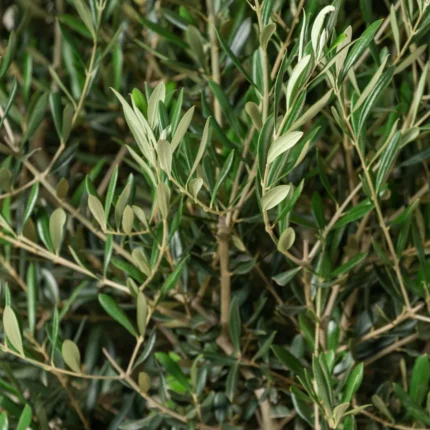






 Single Tree
Single Tree
Valoraciones
No hay valoraciones aún.